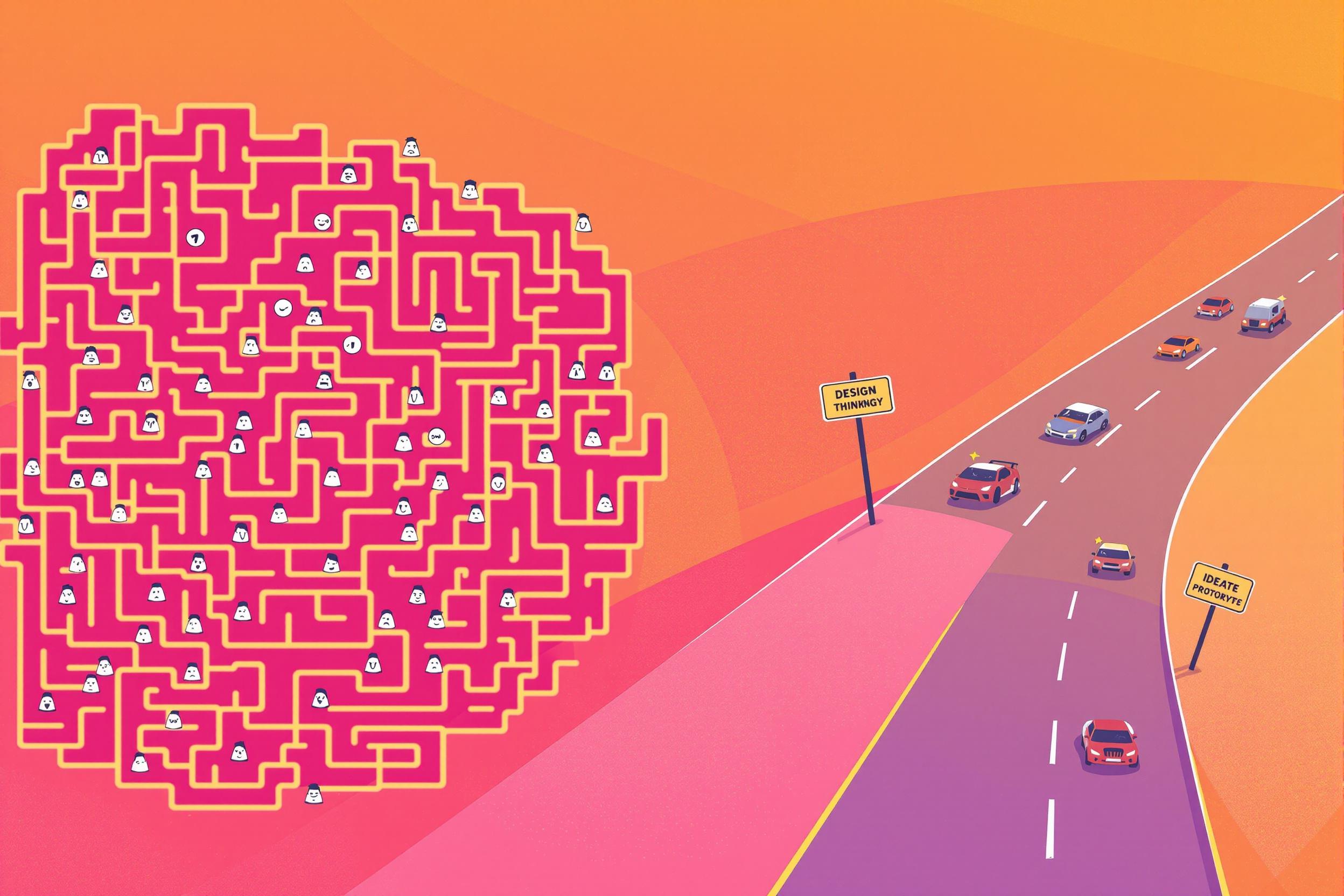
Heat Mapping
Heat mapping is a visual tool that shows how customers interact with websites by tracking where they click, move their mouse, and scroll. Think of it like a weather map, but instead of showing temperature, it shows which parts of a website get the most attention using different colors. Red usually means high activity, while blue shows lower activity. This helps businesses understand how visitors use their website and make it easier to shop or find information. Companies use this information to improve their website layout and increase sales.
Examples in Resumes
Increased conversion rates by 35% through Heat Map analysis of customer behavior
Implemented Heat Mapping tools to optimize product page layouts
Used Heat Map and Click Map data to redesign shopping cart experience
Typical job title: "UX Analysts"
Also try searching for:
Where to Find UX Analysts
Online Communities
Professional Networks
Example Interview Questions
Senior Level Questions
Q: How would you use heat mapping data to improve an ecommerce site's revenue?
Expected Answer: Should discuss analyzing customer drop-off points, identifying areas of confusion, optimizing call-to-action placement, and provide examples of successful improvements based on heat map data.
Q: How do you combine heat mapping with other analytics tools for better insights?
Expected Answer: Should explain how to integrate heat map data with conversion rates, sales data, and customer feedback to make comprehensive improvements to the website.
Mid Level Questions
Q: What are the different types of heat maps and when would you use each?
Expected Answer: Should explain click maps, scroll maps, and mouse movement maps, and describe scenarios where each type is most useful for understanding customer behavior.
Q: How do you set up a heat mapping study to get reliable results?
Expected Answer: Should discuss choosing the right sample size, test duration, and how to account for different device types and screen sizes.
Junior Level Questions
Q: What basic information can heat maps tell us about website visitors?
Expected Answer: Should explain how heat maps show where visitors click most often, how far they scroll down pages, and which parts of the page attract the most attention.
Q: What are common patterns you might see in a heat map?
Expected Answer: Should describe typical patterns like F-shaped reading patterns, attention to images vs. text, and common click patterns around navigation menus and buttons.
Experience Level Indicators
Junior (0-2 years)
- Basic heat map tool usage
- Simple data collection
- Report generation
- Basic website analytics
Mid (2-4 years)
- Advanced heat map analysis
- A/B testing implementation
- User behavior analysis
- Conversion optimization
Senior (4+ years)
- Strategic website optimization
- Complex data analysis
- Team leadership
- ROI improvement strategies
Red Flags to Watch For
- No experience with major heat mapping tools
- Lack of understanding of basic web analytics
- No knowledge of A/B testing principles
- Unable to interpret basic user behavior data
Need more hiring wisdom? Check these out...

Unlocking Team Potential: Personality Mapping for Dynamic Management

Why Your Hiring Process is a Maze (And How Design Thinking Can Turn It into a Superhighway)

Beyond Spreadsheets: Why Executive Dashboards in ATS Systems Are Your Secret Hiring Weapon

